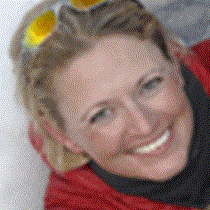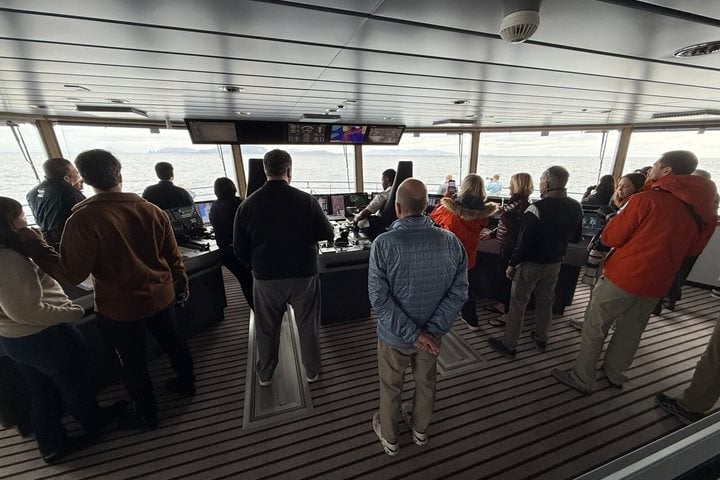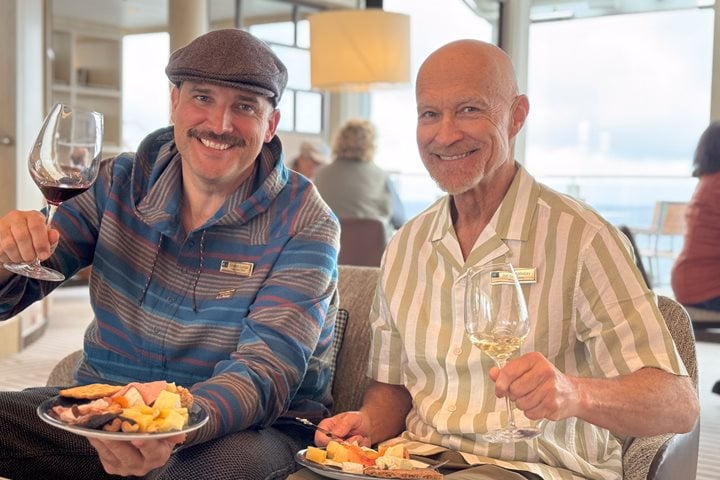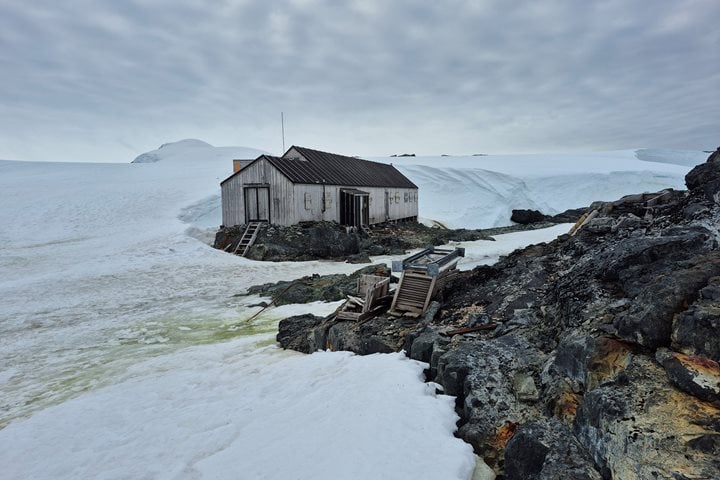The Passage between the South Shetland Islands and the island of Cape Horn, Chile, is called the Drake Passage. Named for Sir Francis Drake, after his ship was blown off course after the Straits of Magellan, implying there was a connection between the Atlantic and Pacific Oceans. Many of us learned about this infamous passage while studying the great explorations and discoveries of the world, our imaginations stimulated by the thought of tall-masted ships sailing the Southern Ocean.
All ships departing to or from Antarctica need to cross this passage, often the most anticipated part of the voyage, due to the tales of tall seas and the hundreds of shipwrecks lying on the bottom around Cape Horn. Today these tales fell short, as we started out with an easy two-day crossing. As the seabirds escorting us crisscross our wake, we are reminded of a poem written specifically about this body of water.
I am the Albatross who awaits you
At the end of the World
I am the forgotten soul of the dead mariners
Who rounded Cape Horn
From all the seas of the world.
But they did not perish
In the furious waves.
Today they fly on my wings
For all eternity
In the ultimate embrace
Of the Antarctic winds.
-Sara Vial, December, 1992
The Southern Ocean is the most nutrient rich in the world, supporting the myriad of life that makes up this ecosystem. We have been fortunate on this voyage to experience the richness of this bionetwork firsthand, both above and below the ocean’s surface, now understanding the survival of the world’s natural environment depends on the continued productivity of the Antarctic seas. Through our undersea program aboard, we are able to catch a glimpse of what lies below the surface contributing the network of organisms from the Southern Ocean to the rest of the world, starting with the smallest diatoms growing under the sea ice, feeding the all important krill. Learning the sponges and tunicates of the Southern Ocean have anti-malarial and anti-carcinogenic properties, which are now used in medications. Knowing our ice cream is safe from freezer-burn because of a chemical synthesized from the anti-freeze of Antarctic fish. Through the winds and currents, all the oceans are connected, even those at the end of the world.







